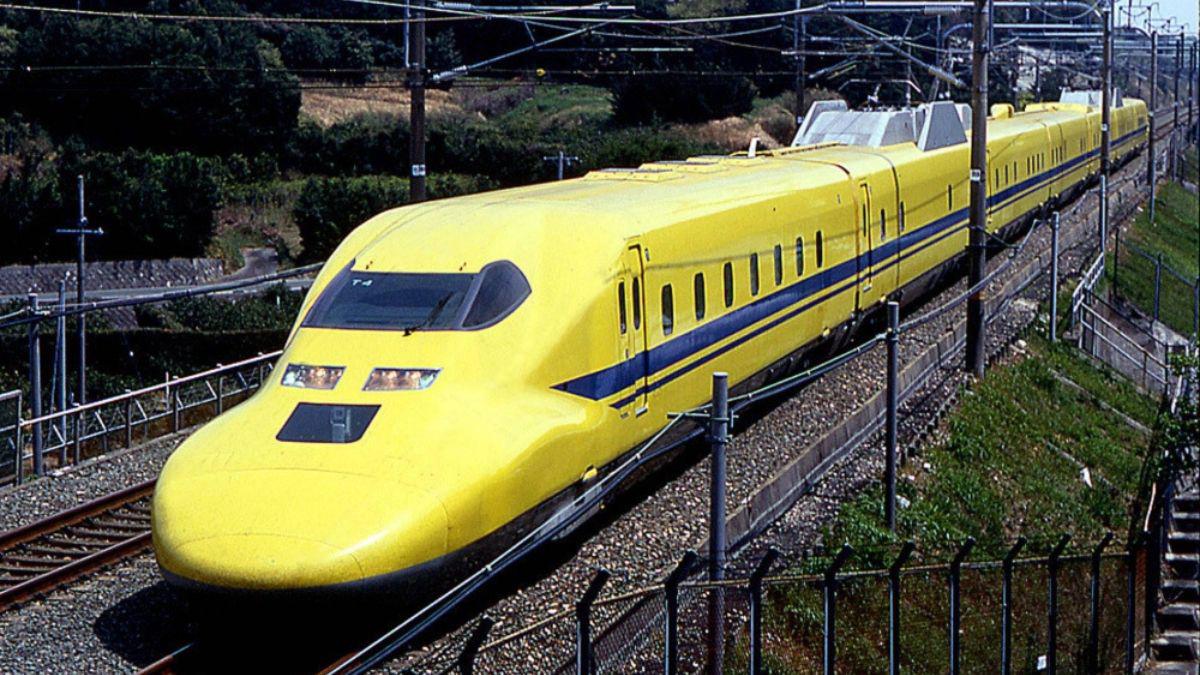 Image Credits: The Japan Times
Image Credits: The Japan Times
On Monday, the Doctor Yellow Shinkansen test train glided past a breathtaking expanse of sunflowers in Ogaki, Gifu Prefecture, creating a vivid tableau of yellow that captivated both the public and train enthusiasts alike. This striking visual, featuring a 3.2-hectare field adorned with approximately 140,000 sunflowers, was not just a feast for the eyes but also underscored the economic impact of Japan’s high-speed rail network.
The Doctor Yellow, a rare and iconic sight on Japan’s railways, is famed for its diagnostic role in ensuring the smooth operation of Shinkansen services. Typically running once every 10 days, this particular test train has become a symbol of technological prowess and a popular attraction in its own right. As the Doctor Yellow zipped through the sunflower field, it sparked a flurry of activity among train aficionados who seized the moment to capture the spectacle, contributing to local tourism and economic activity.
However, the train’s departure from regular service carries significant economic implications. Central Japan Railway Co. (JR Tokai) has announced that it will cease operations of Doctor Yellow in January. This decision will likely impact regional economies that have benefited from the influx of tourists and train enthusiasts drawn to the rare sight. The loss of Doctor Yellow could diminish these economic benefits, affecting local businesses that rely on the foot traffic generated by such unique events.
Further complicating matters, West Japan Railway Co. (JR West) has indicated that it will also phase out its Doctor Yellow operations sometime after 2027. This extended timeline allows for some adjustment but underscores the broader trend of scaling back on niche services amid economic pressures and shifting priorities.
The Doctor Yellow’s final runs, set against the vibrant backdrop of sunflowers, highlight the intersection of Japan’s advanced rail technology and its cultural appeal. As this era comes to a close, both the rail industry and local economies will need to adapt to the changing landscape, finding new ways to sustain the economic benefits once provided by this iconic train.
